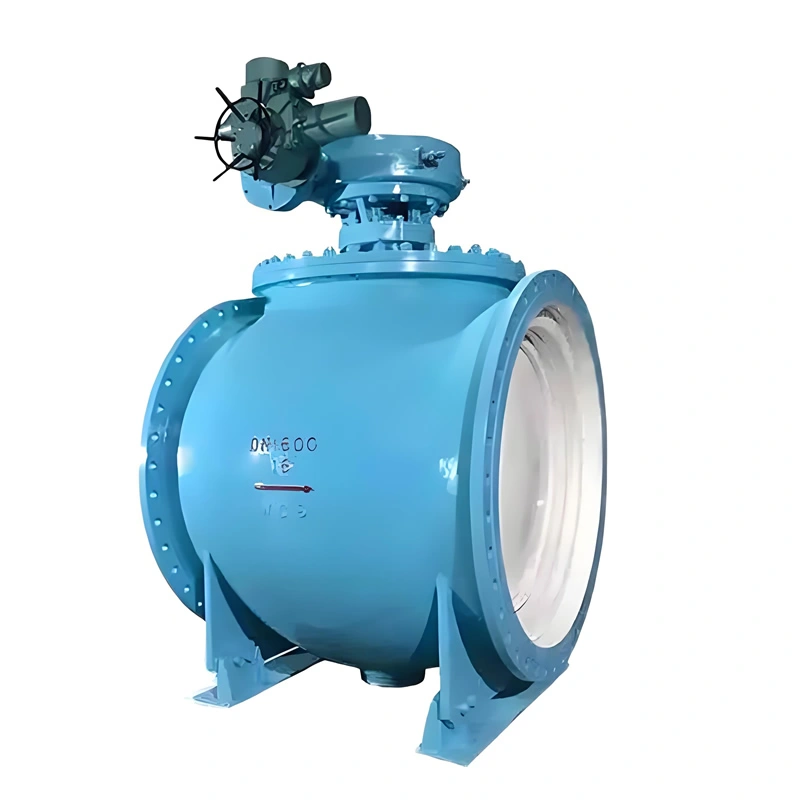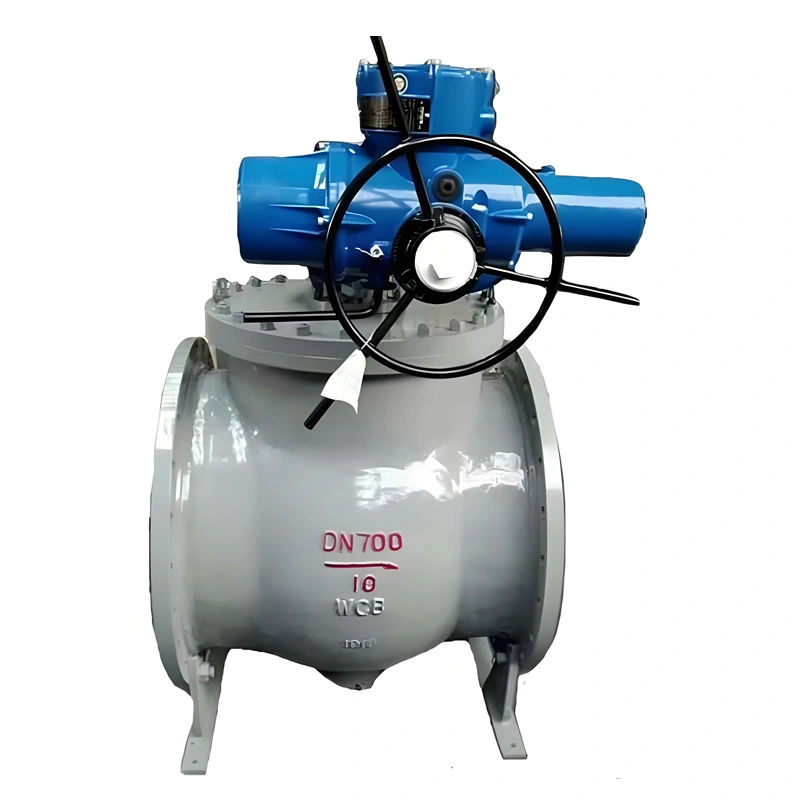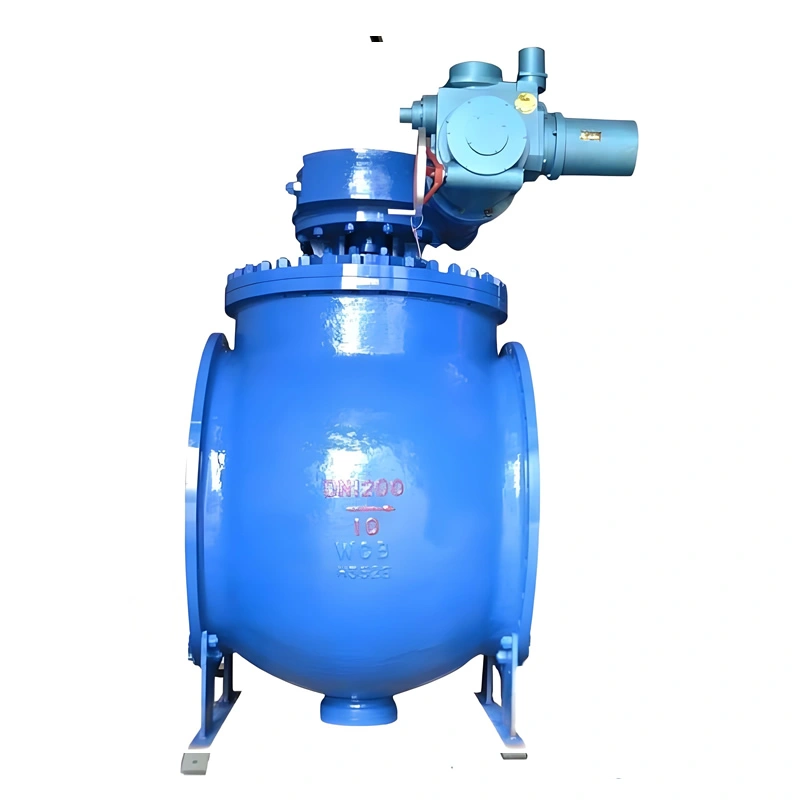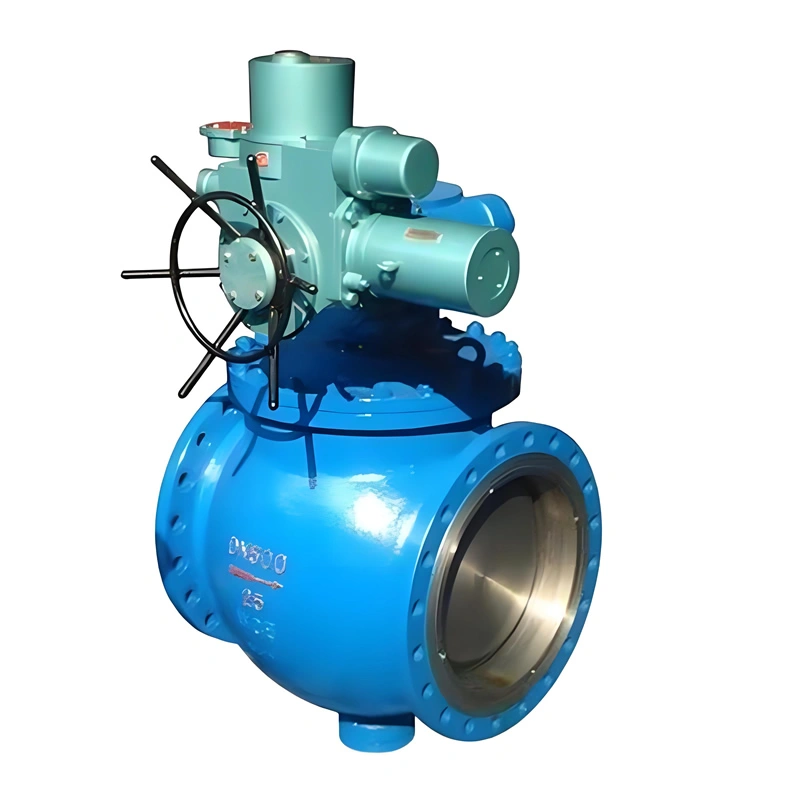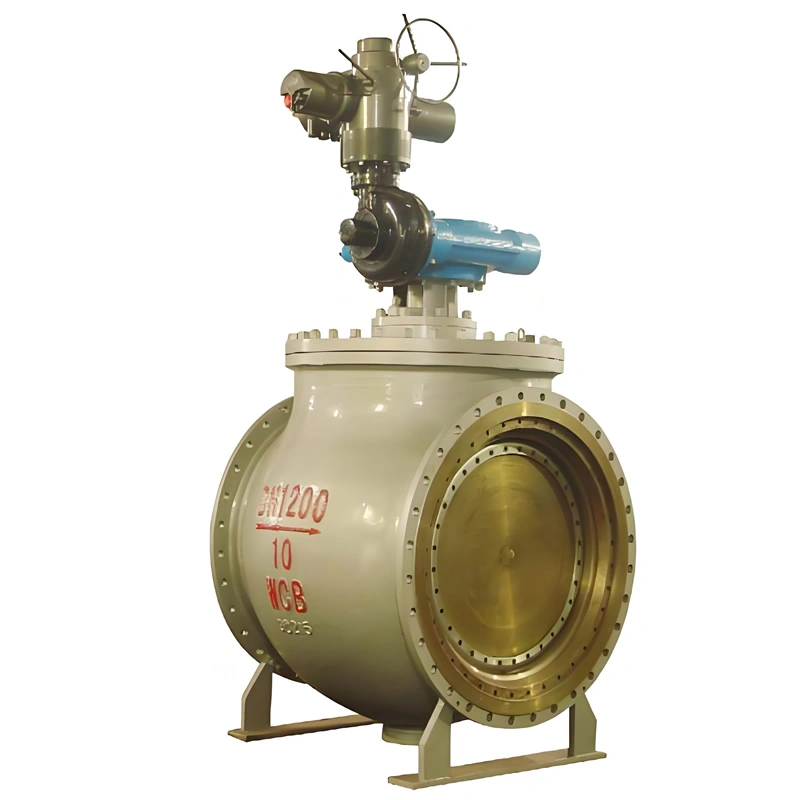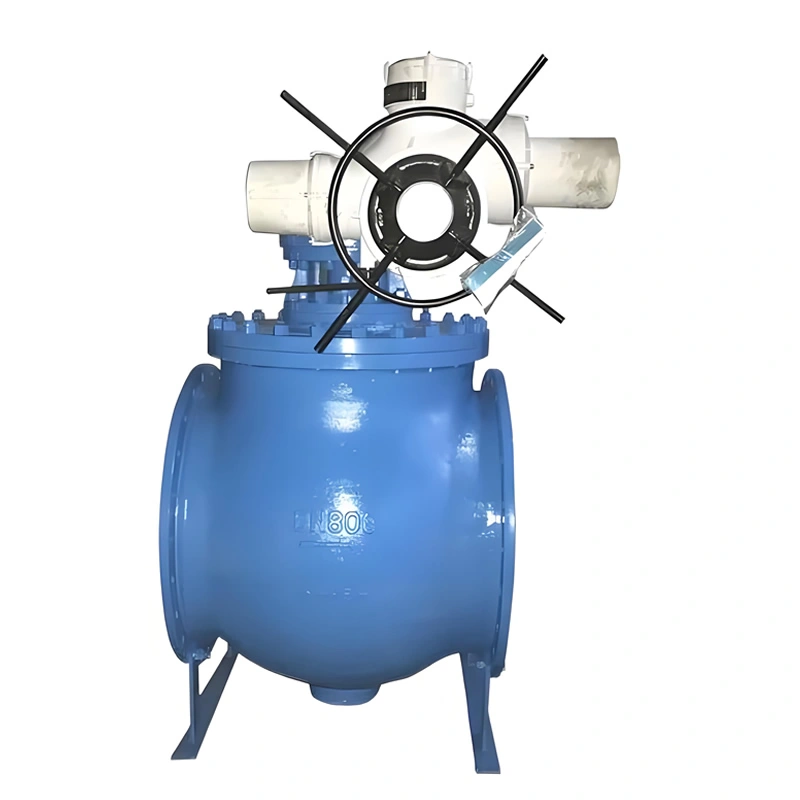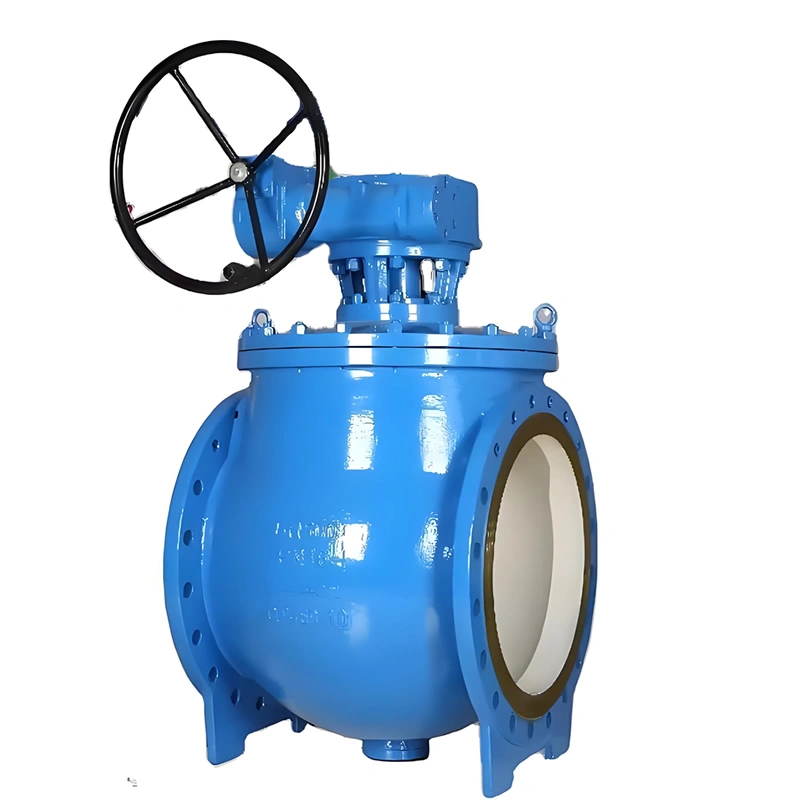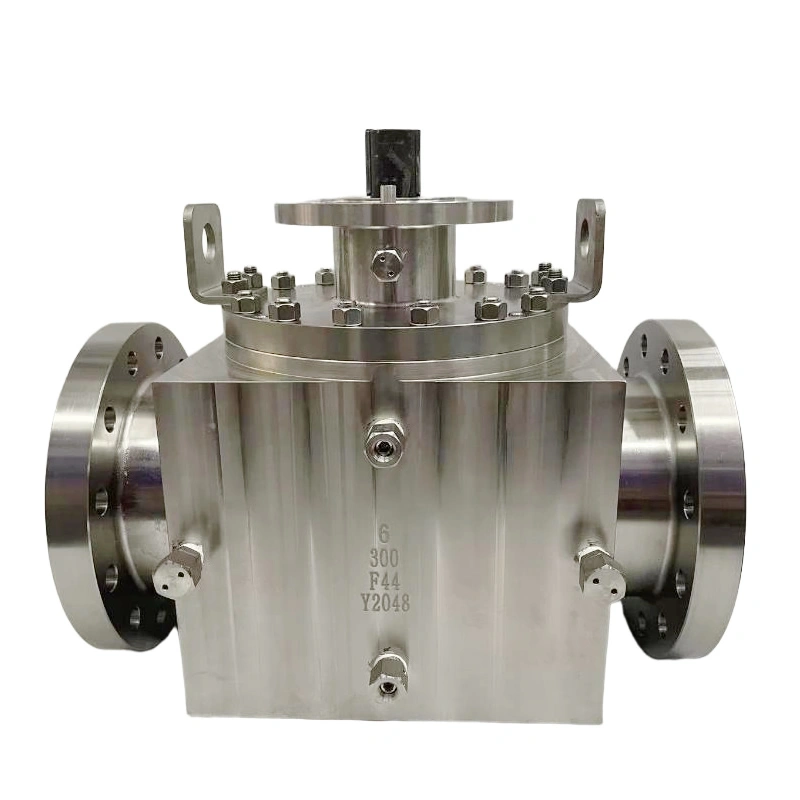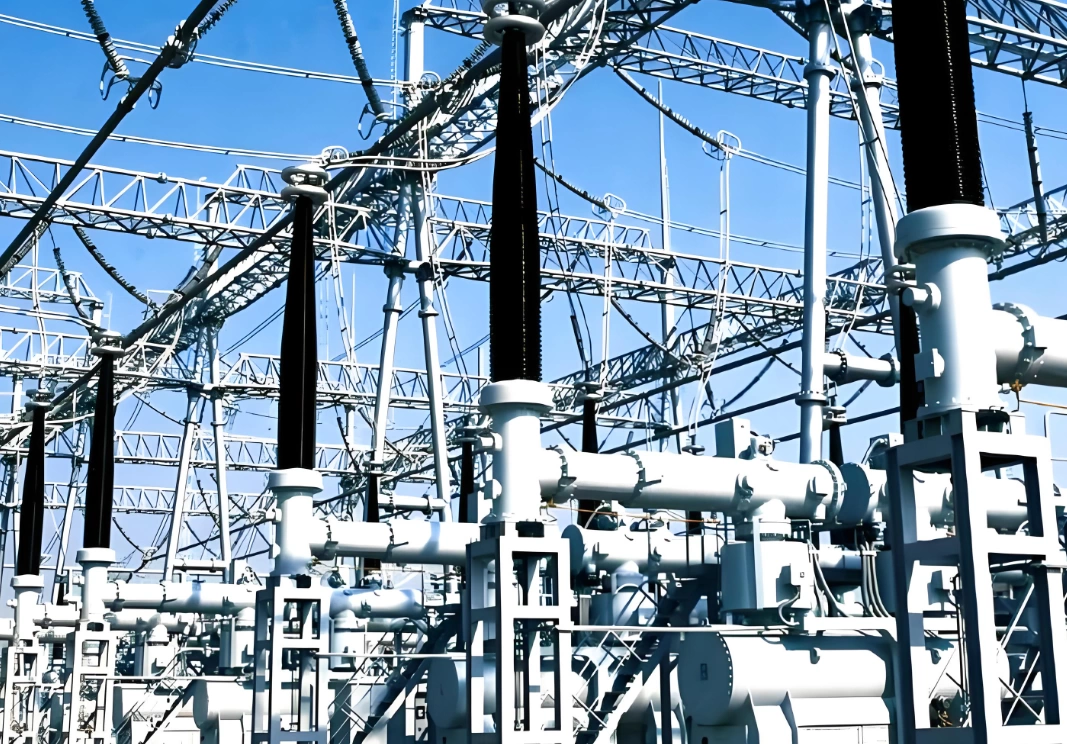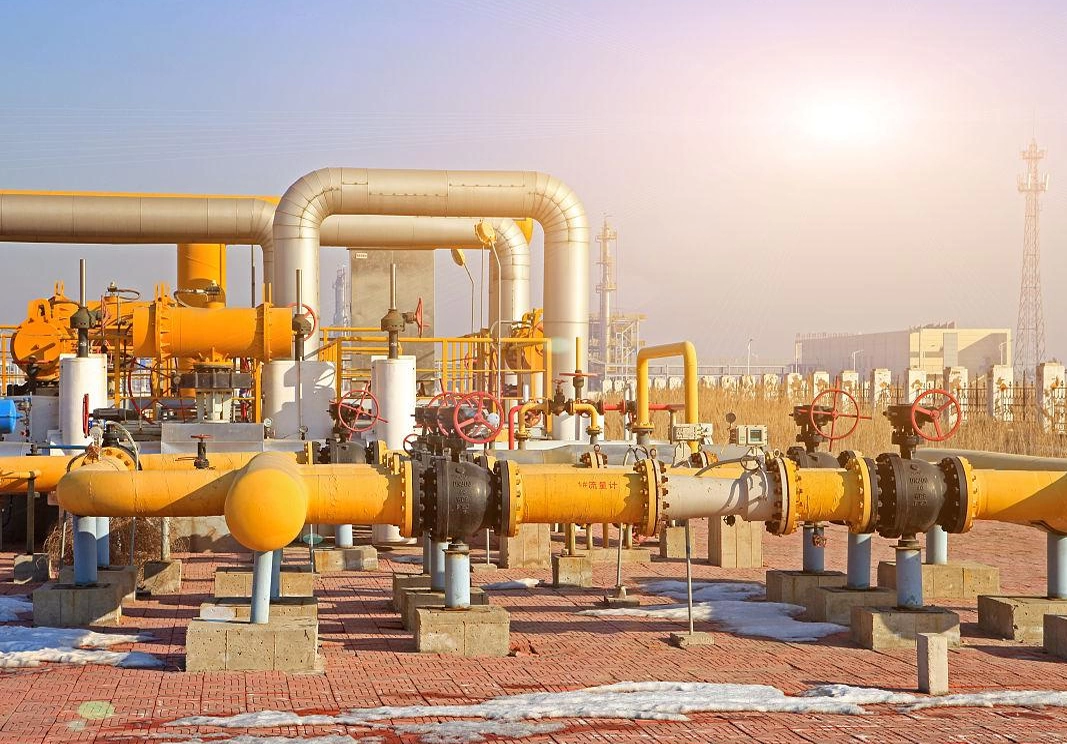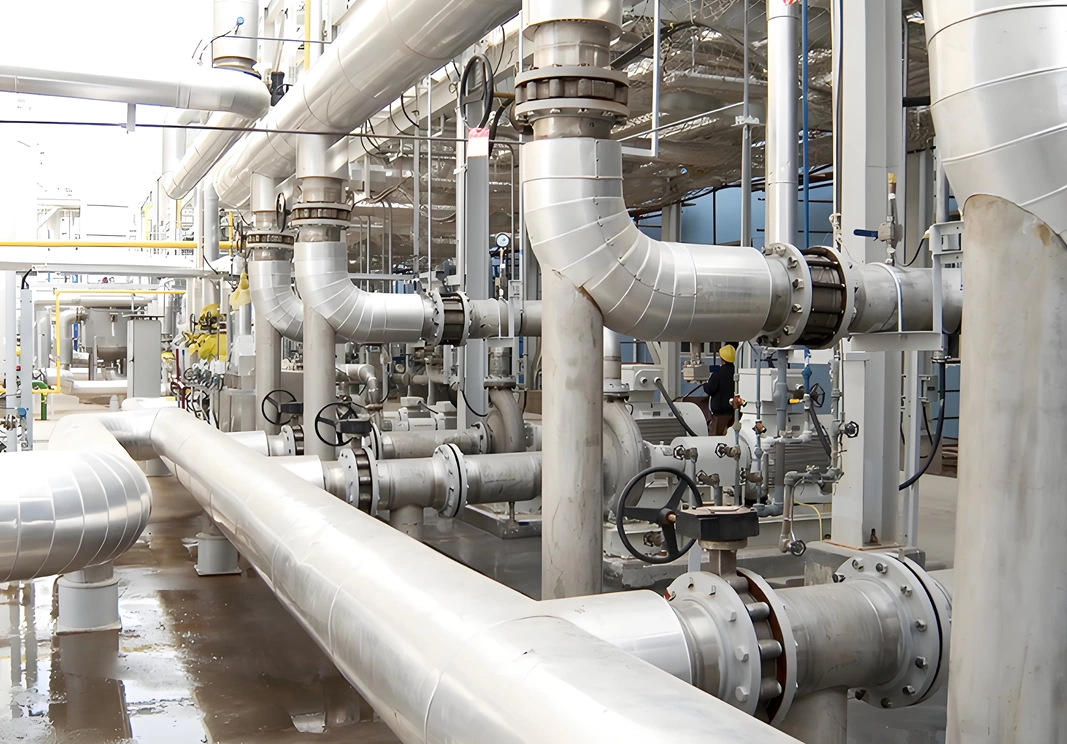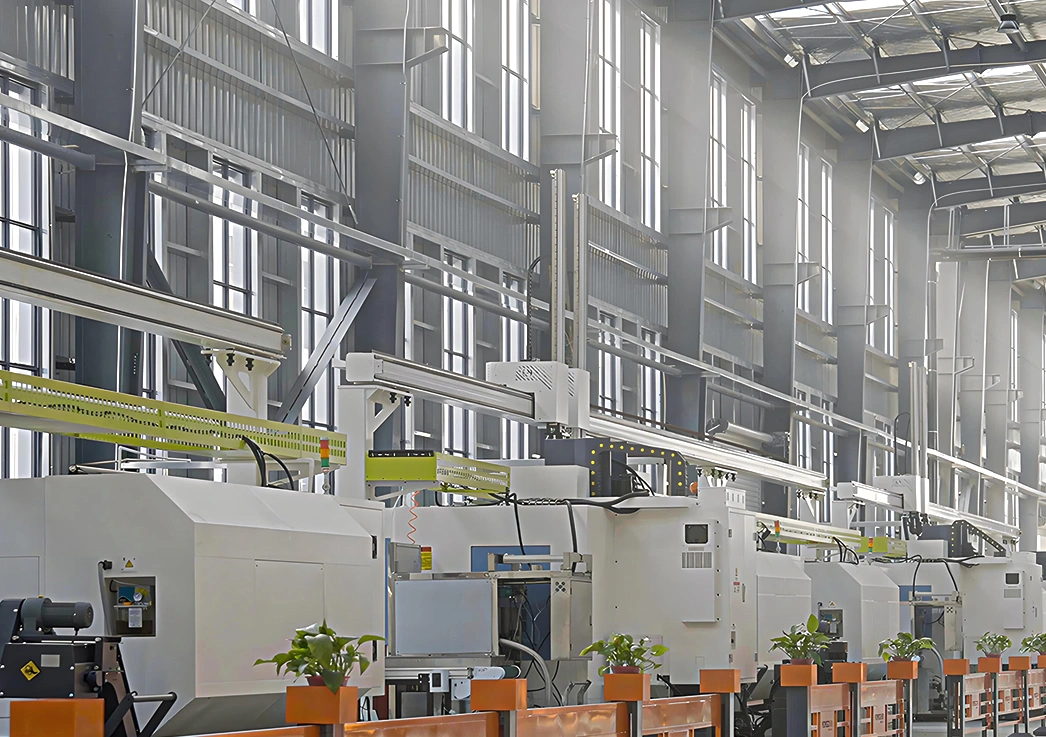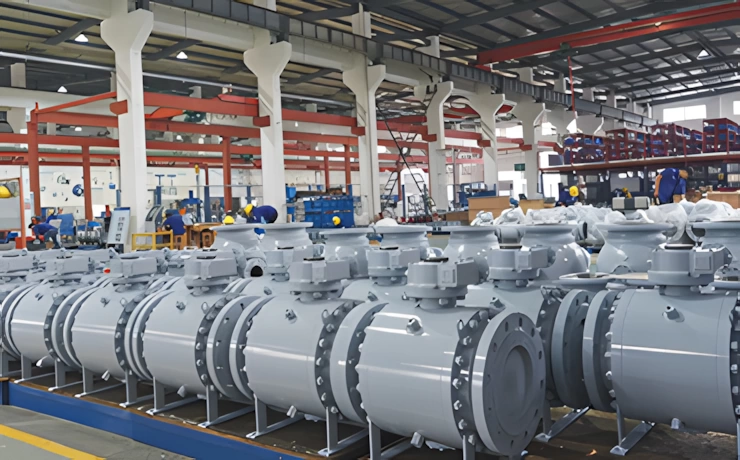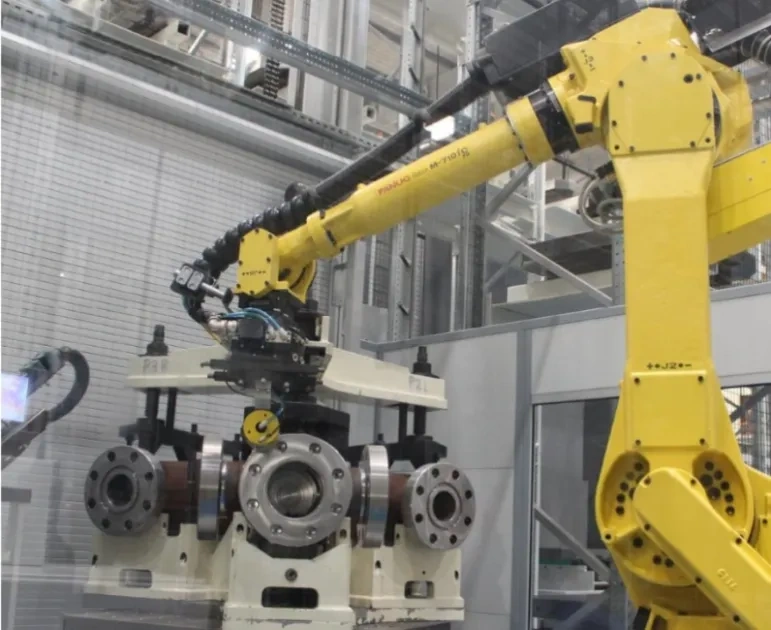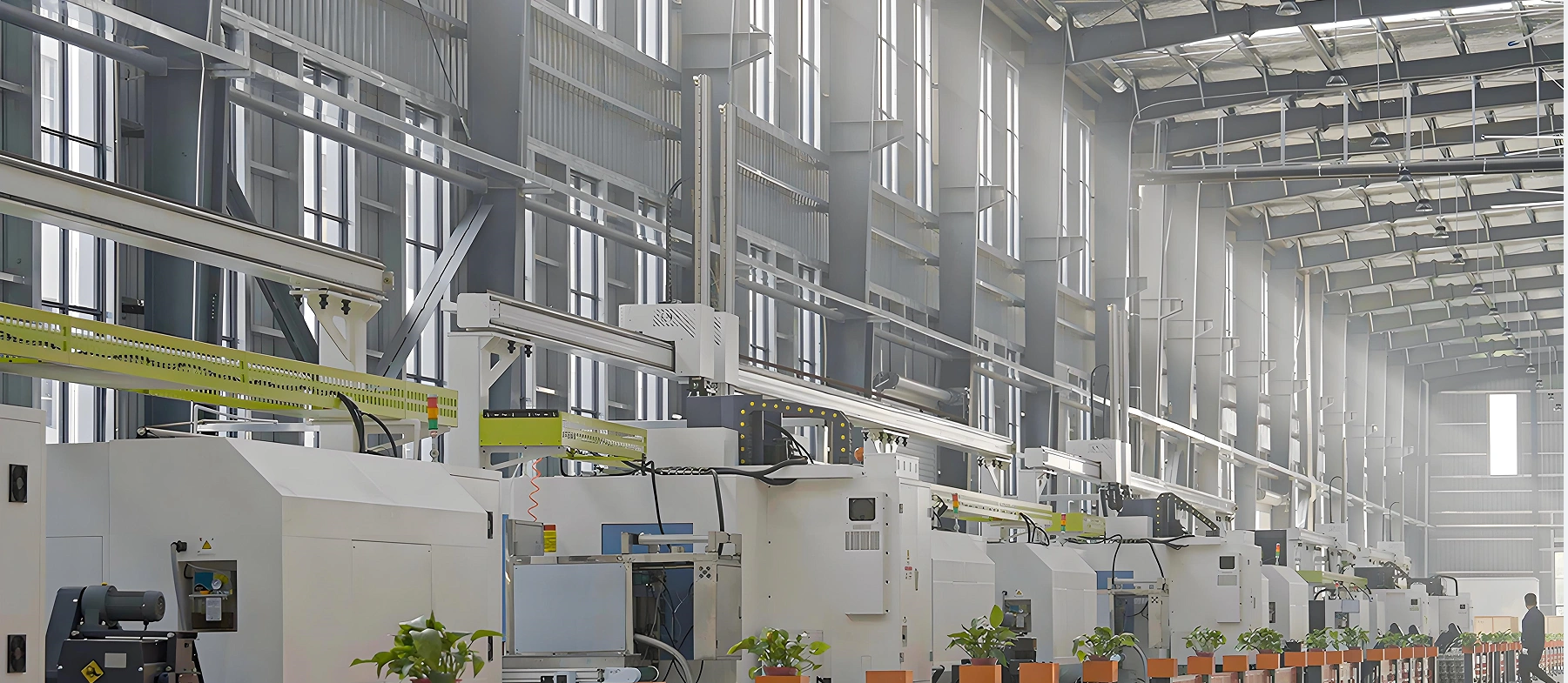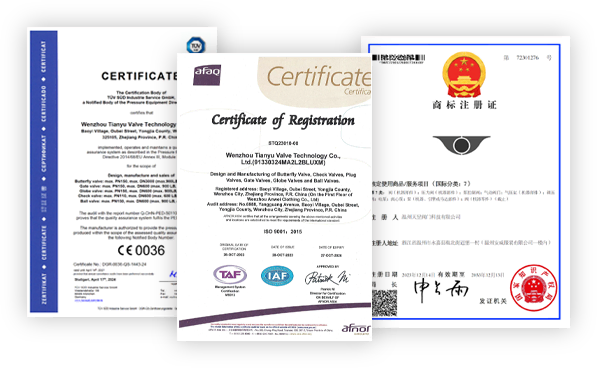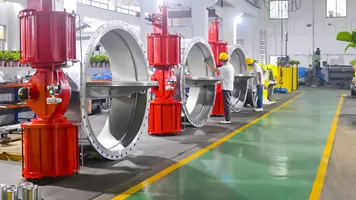The trunnion support reduces contact stress between the ball and seat by distributing pressure evenly across the trunnions, making it suitable for ultra-high-pressure (Class2500) applications. Unlike floating ball valves, the trunnion design prevents excessive ball displacement under high pressure, minimizing wear and extending service life—critical for continuous operation in oil and gas pipelines.
The top-entry structure allows technicians to access internal components (ball, seat, stem) by removing the top cover, eliminating the need to disconnect the valve from the pipeline. This reduces downtime by up to 60% compared to side-entry valves, a key benefit for industries like chemical processing and power generation where shutdowns are costly. The design also simplifies online replacement of wear parts, such as seats and packing.
Electric actuators provide precise control over valve position (0°-90°), with adjustable torque and speed settings to match process requirements. They enable remote operation and integration with SCADA systems, ideal for hazardous or hard-to-reach locations (e.g., offshore platforms). The actuation system includes overload protection to prevent damage from excessive torque, enhancing operational safety.
The valve incorporates an eccentric design, where the ball’s rotation axis is offset from the valve body center. This ensures the ball and seat disengage quickly during opening, reducing friction and wear—especially valuable for media containing particles (e.g., slurry, ash). The metal-to-metal seat (nitriding steel) achieves tight sealing via preload and pressure-assisted seating, withstanding high temperatures and preventing leakage even with frequent cycling.
Raw materials undergo strict testing: stainless steel bodies are checked for chemical composition (via spectrometry) to verify chromium and nickel content, ensuring corrosion resistance. Wear-resistant components (ball, seat) undergo hardness testing (e.g., Rockwell hardness) to confirm durability. Trunnions and stems are inspected for straightness to prevent operational jamming.
CNC machining centers shape the valve body, ball, and flanges to tight tolerances (±0.02mm), ensuring the trunnion alignment and eccentric geometry are accurate. The ball’s sealing surface is ground and polished to a roughness of Ra 0.8μm, while the seat is lapped to match, ensuring uniform contact. Flange faces are machined to meet ANSI B16.5 standards for leak-free connection.
Assembly occurs in a clean workshop to avoid contamination. Trunnions are fitted with aluminum bronze bearings to reduce friction, and packing (PTFE or graphite) is installed with precise preload to balance sealing and stem movement. Post-assembly, each valve undergoes:
- Shell pressure testing (1.5× rated pressure) to verify structural integrity;
- Seat leakage testing (1.1× rated pressure) to ensure tight sealing;
- Electric actuator calibration to confirm response accuracy and torque output.
Fire-safe and anti-static features are validated to meet API 607 and API 6D standards.


